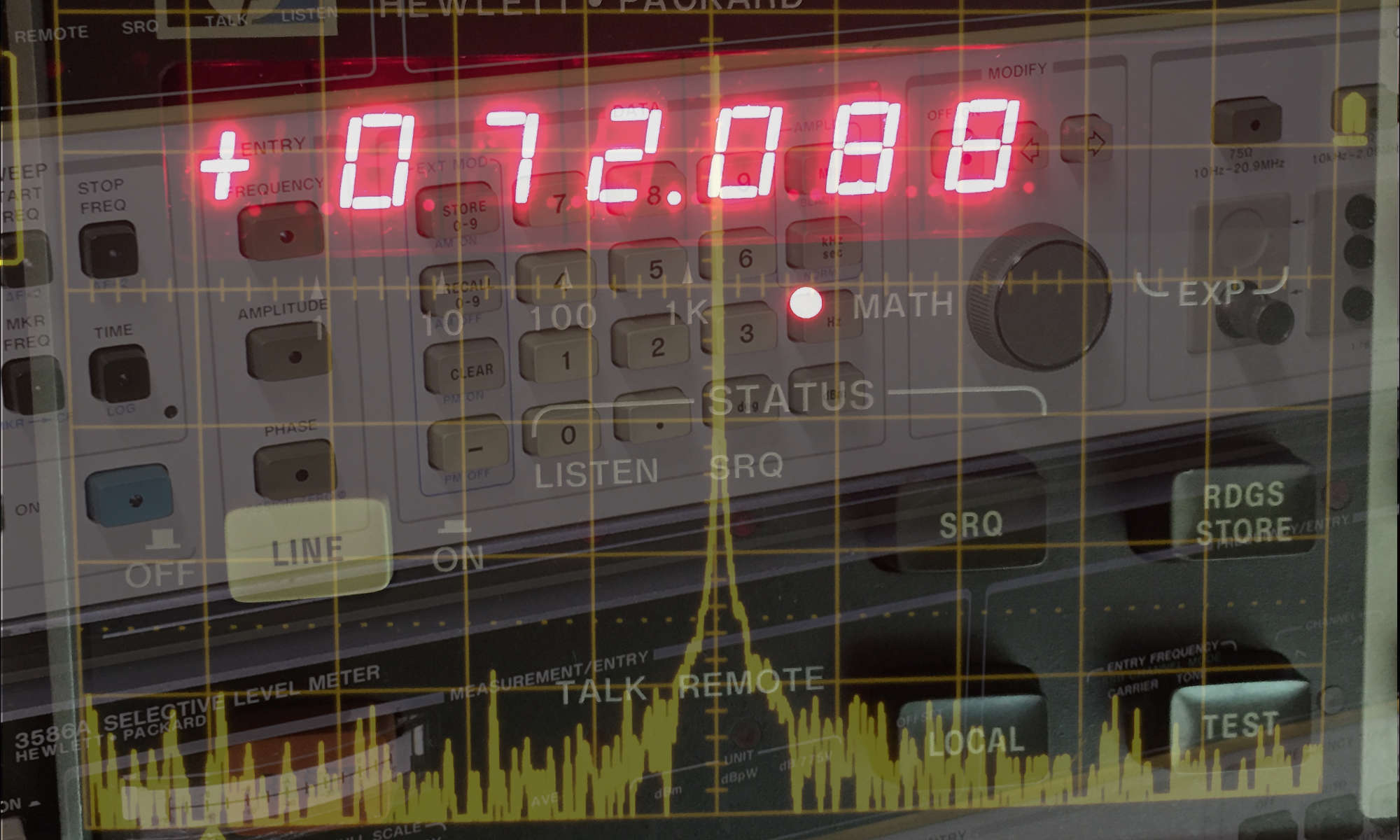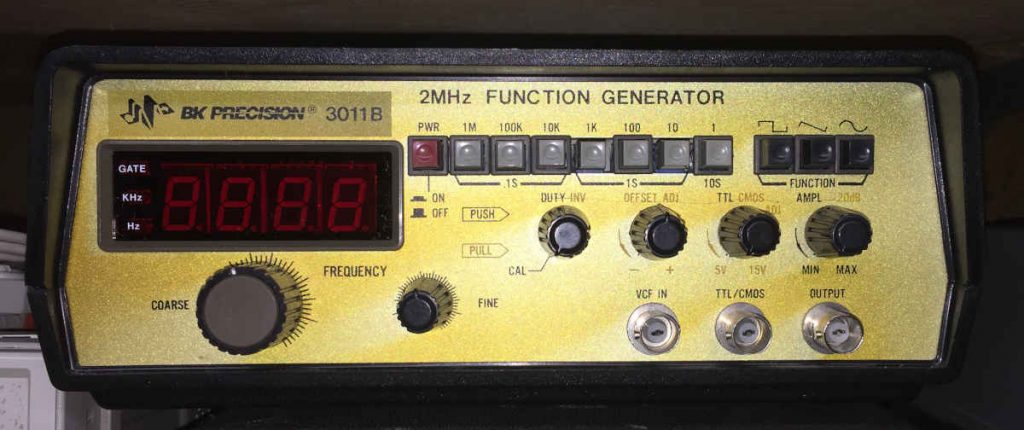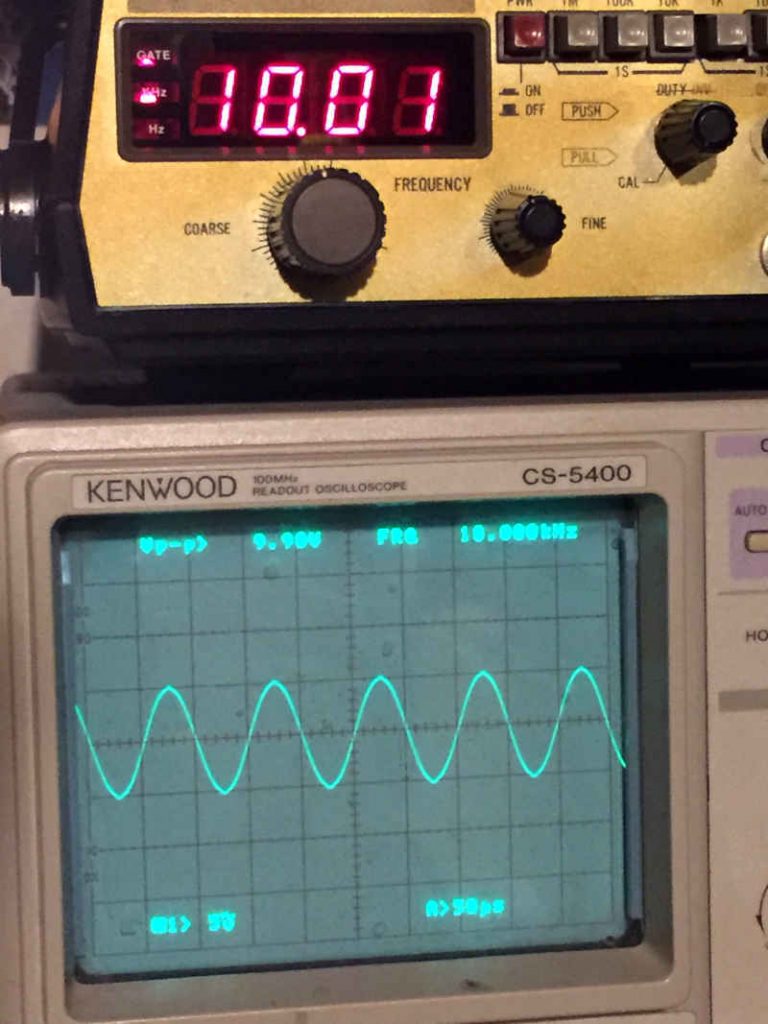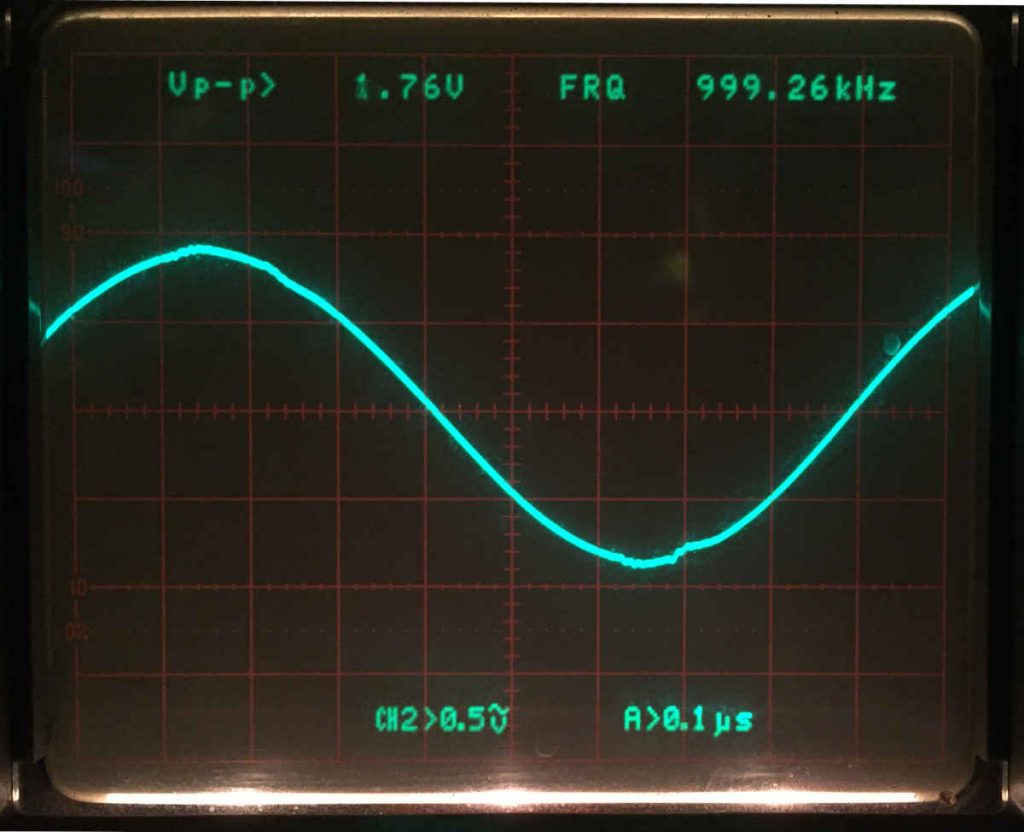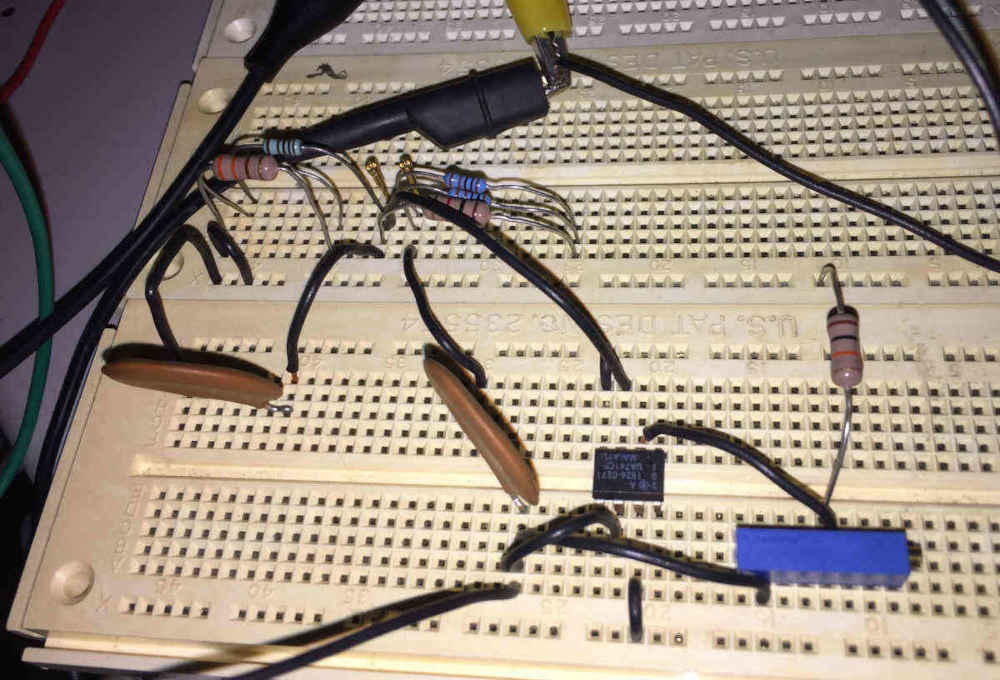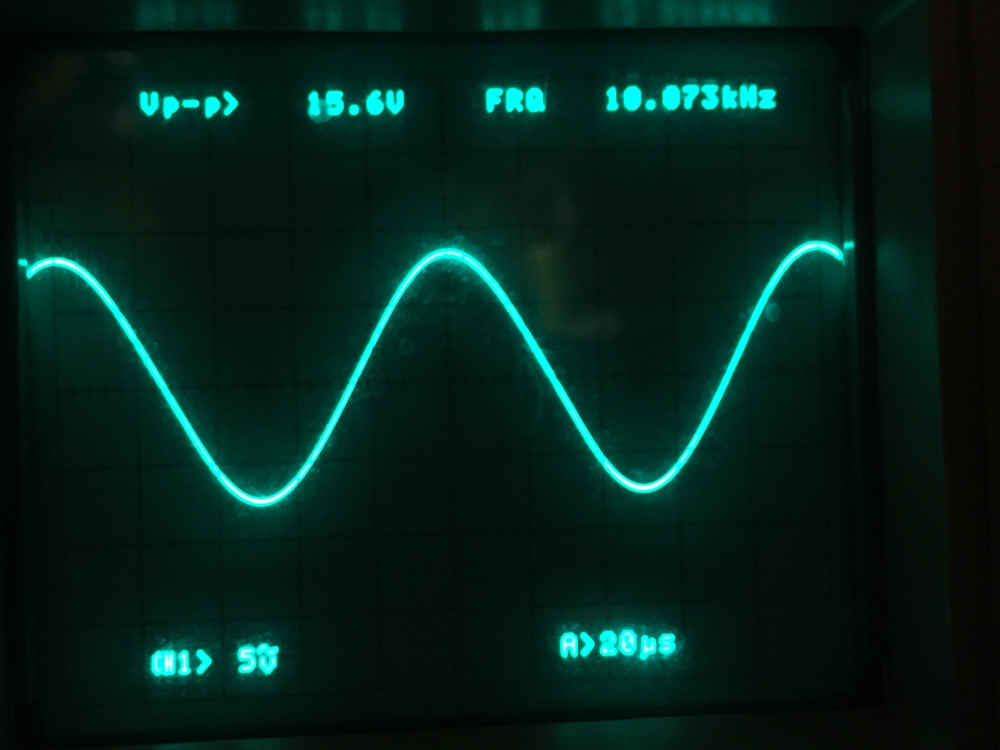My Fluke 101 handheld multimeter makes the basic measurements, except for current. To remedy this metrology1 void, I needed to get a multimeter that can measure current. I got very lucky and found these two Keithley bench top DMMs. The EBay seller was eager to sell these two units and I managed capture both units for $60. They even came with power cords, which is a very nice surprise.
The Kethley 197 is a bench top 5 1/2 digit digital multimeter that measures AC and DC voltage, AC and DC current, resistance, and includes a diode tester.
Here are a couple links from a couple other Keithley 197 owners. A teardown and a repair.

Honorably Discharged from the U.S. Army
The DMMs safely arrived and I noticed that they had stickers indicating that these instruments were owned by the U.S. Army. They had calibrations stickers dating to the mid-1990s. I think the EBay seller likely acquired these units from a government auction.
The front panel labels this model as a Keithley 197 Autoranging Microvolt DMM, but on the bottom of the chassis, there is a label identifying this model as a AN-USM-486A. Apparently, Keithley made special models of the their 197 DMM specially for the US military.
A Few Differences
This military version of the 197 DMM is identical to the standard Keithley 197 except for a few differences.
- The AN-USM-486A does not have a backlight LCD display. The civilian Keithley 197 includes a backlight illuminating the LCD.
- The AN-USM-486A has a detachable power cord. The normal 197 has a permanently mounted unremovable power cord at the rear of the unit.
- The AN-USM-486A has additional electro-magnetic shielding and extra toroidal filters within the chassis. The normal model 197 does not have these additions.
Aside from these differences, the AN-USM-486A is the same as the normal Keithley 197 DMM. There is even a data logging feature that can store up to 100 measurements.
It Needed Some Cleaning
The two DMMs work well and they seem to have both held their calibration over the decades.
The soft buttons on the top left of the front panel were sometimes unresponsive and the LCD display would sometimes not show their digits completely. Since a layer of light brown dust coated both units, perhaps the buttons and LEDs just needed a good cleaning.
The Kethley 197 service manual is available on the internet and it provides detailed instructions to disassemble the DMM. The manual is well written and comes with full schematics.
The service manual instructions were clear and easy to follow. I took apart and gave the chassis a good cleaning with compressed air. I disassembled the front panel and cleaned the contacts of the soft buttons with some fine grit sandpaper. The LED display was also easy to disassemble and I cleaned the contacts with some isopropyl alcohol. After I put it all back together, everything worked.
I can now measure current with the twin DMMs.
- Metrology is the scientific study of measurement. [↩]
